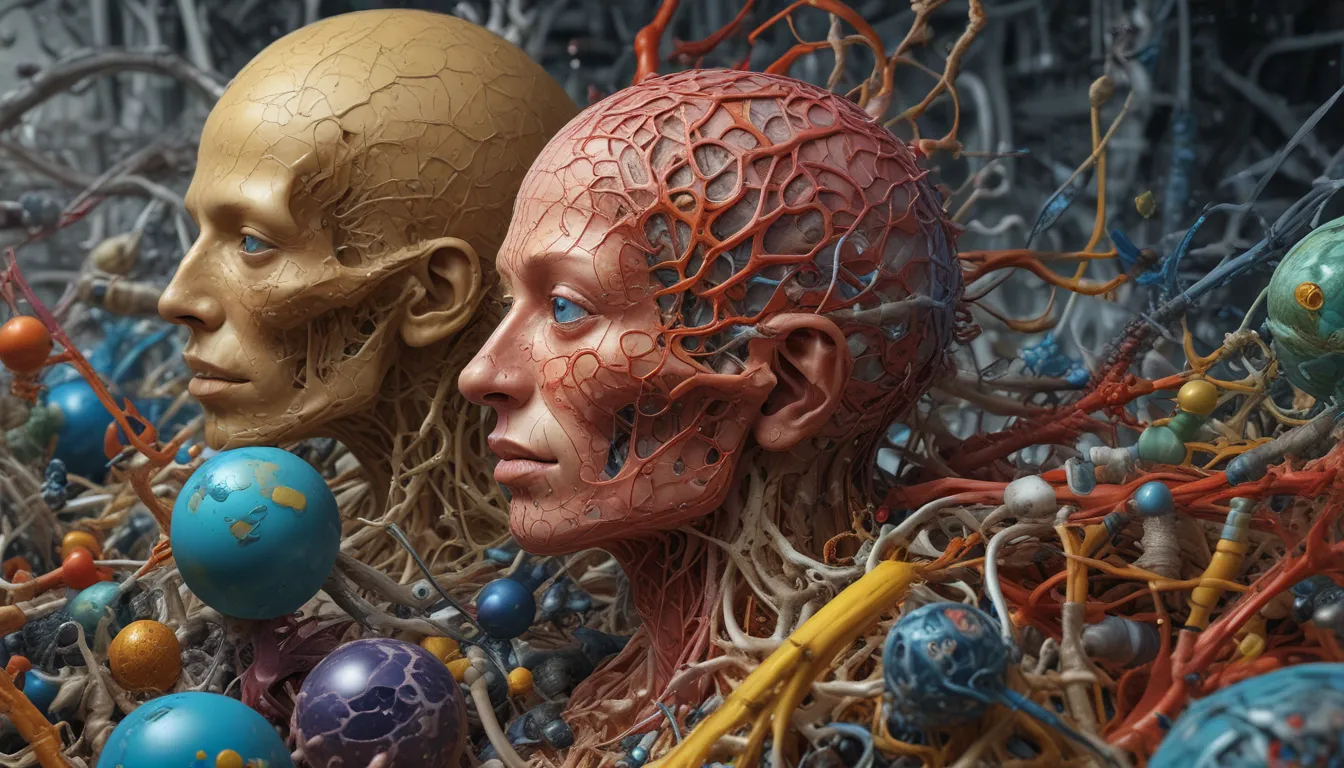A Note About Images: The images used in our articles are for illustration purposes only and may not exactly match the content. They are meant to engage readers, but the text should be relied upon for accurate information.
Dynamics, the study of motion and forces, is a captivating field that sheds light on the mysteries of the physical world. This branch of physics not only helps us comprehend how objects move and interact but also holds the key to innovation and discovery across various disciplines. From engineering to astronomy, dynamics plays a crucial role in shaping our understanding of the universe.
Unveiling the Secrets of Dynamics
- Dynamics Unleashed: Dynamics is like a superpower that allows us to unravel the mysteries of the universe by studying how objects move and interact.
- Endless Possibilities: By delving into dynamics, scientists and engineers can design safer structures, enhance technology, and delve into the secrets of the cosmos, paving the way for groundbreaking advancements.
The Foundations of Dynamics
Dynamics, a branch of physics, delves into the motion of objects and the forces that propel them. This field plays a vital role in unraveling the dynamics of objects interacting with one another and responding to external forces. By analyzing factors like displacement, velocity, acceleration, and forces, physicists gain valuable insights into the workings of the natural world.
Isaac Newton’s laws of motion serve as the cornerstone of classical dynamics, providing a framework to understand how an object’s motion correlates with the forces acting upon it. These laws, still widely used today, offer a profound look into the behavior of objects and their interactions.
Dynamics Beyond Earthly Boundaries
Dynamics isn’t limited to objects on Earth; it extends its reach to celestial bodies as well. Scientists harness the power of dynamics to study the motion of planets, moons, comets, and other celestial objects, offering a glimpse into the complexities of the universe.
Applications and Insights of Dynamics
- Principle of Momentum: The principle of conservation of momentum, a pivotal concept in dynamics, asserts that the total momentum of a system remains constant in the absence of external forces, with far-reaching applications across various realms of physics.
- Engineering Marvels: In the realm of engineering, dynamics plays a critical role in designing structures and machines that can withstand forces and operate efficiently. Engineers leverage dynamics to analyze stresses and strains in buildings, bridges, airplanes, and other structures, ensuring compliance with safety standards.
Diving Deeper into Dynamics
- Fluid Dynamics: The study of fluid dynamics focuses on understanding the motion and behavior of fluids like air and water, offering insights into weather patterns, ocean currents, and aerodynamics.
- Quantum Dynamics: Quantum dynamics, a realm of physics, explores the behavior of particles at the atomic and subatomic levels, using mathematical models to predict outcomes in quantum systems.
- Chaos Theory: Chaos theory, a subset of dynamics, examines systems with sensitive dependence on initial conditions, with applications in weather forecasting and complex systems analysis.
The Wonders of Dynamics Explored
The realm of dynamics extends beyond physical objects to electromagnetic fields, shedding light on the behavior of electricity, magnetism, and light. Through the concept of “dynamical systems,” mathematical equations describe the time evolution of a system with varied behaviors, from stability to chaos.
Computational dynamics employs computer simulations to model intricate systems, offering insights into dynamic behaviors in fields like biology, ecology, and economics. As dynamics pushes the boundaries of classical physics, theories like general relativity and quantum mechanics step in to offer a comprehensive understanding of the universe at both cosmic and subatomic levels.
Dynamics in Action
From Brownian motion, where particles exhibit random movements due to collisions, to unraveling the mysteries of celestial bodies and fluid dynamics, dynamics plays a pivotal role in advancing our understanding of the universe. Whether optimizing propulsion systems in spacecraft or modeling biological systems, dynamics continues to shape innovations across various fields.
Advancing Knowledge and Exploration
Dynamics serves as a gateway to understanding the universe’s motion and forces, empowering us to innovate and explore the world around us. As we uncover the beauty and complexity of dynamics, we embark on a captivating journey into the intricate workings of the physical world.
FAQs on Dynamics
-
What is dynamics in physics?
Dynamics in physics delves into the motion of objects and the forces propelling them, offering insights into the principles governing interactions in the physical world. -
How does dynamics relate to everyday life?
Dynamics plays a fundamental role in explaining everyday phenomena, from the motion of vehicles to the behavior of objects in sports and daily activities. -
What are some key concepts in dynamics?
Key concepts in dynamics include Newton’s laws of motion, inertia, forces like gravity and friction, momentum, and energy. -
Why is dynamics important?
Understanding dynamics is crucial for unraveling the behavior of physical systems, predicting outcomes, and advancing our comprehension of the physical world. -
What are some applications of dynamics?
Dynamics finds applications in engineering, architecture, aerospace, and biomechanics, aiding in designing structures, optimizing performance, simulating fluid dynamics, and analyzing human movement.
Embarking on a Dynamic Journey
In conclusion, dynamics offers a captivating exploration into the motion and forces that shape our world. From celestial bodies to everyday objects, dynamics provides valuable insights into the workings of the universe. Embrace the wonders of dynamics as it paves the way for innovation, discovery, and a deeper understanding of the physical world around us.






